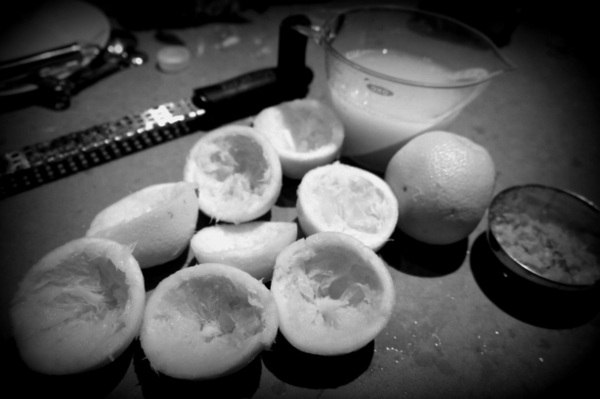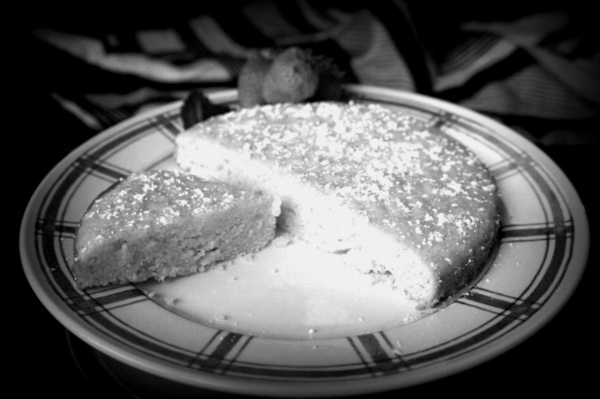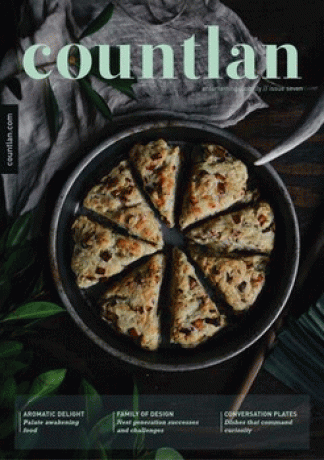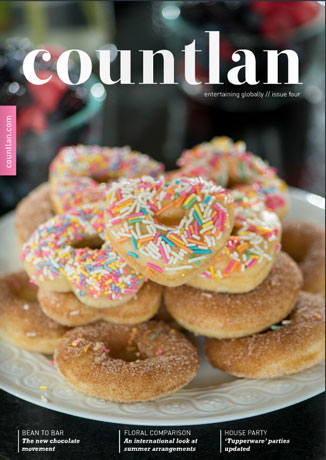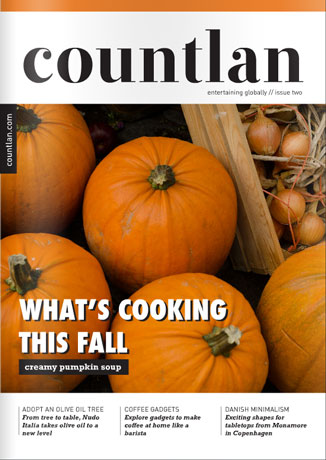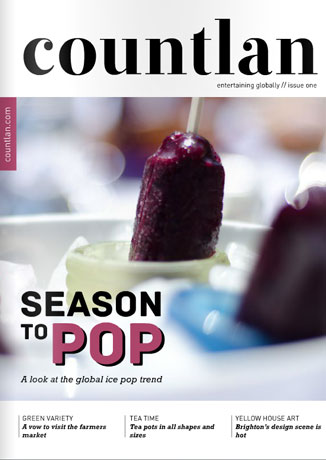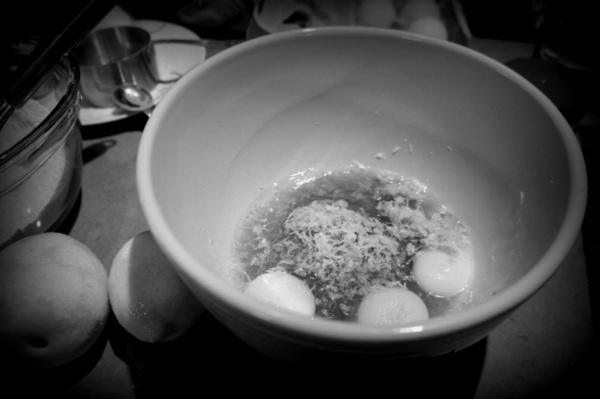
Baking with Oilve Oil
Written By: Maxine Silberg {Toronto}
Like other avid home bakers, I enjoy every chance I get to test out new recipes. However, it’s not often that I test out new ingredients. Until recently, my baking endeavours revolved around butter. Determined to branch out, I tasked myself with learning how to bake with olive oil. I spent an afternoon testing two olive oil cake recipes and am pleased to share the findings of my research, efforts, and taste-testing.
Cake #1: Portuguese Orange Olive Oil Cake, from David Leite’s Leite’s Culinaria website.
Result: The Portuguese Orange Olive Oil Cake was tender with large flaky crumbs. It was so delicious, I nearly licked my plate clean. The orange zest from the five grated navel oranges added bursts of colour to the cake, and infused each slice with a sweet citrus flavour. The olive oil added a nutty undertone that complemented the orange zest.
Cake #2: Almond Citrus Olive Oil Cake, from Giada De Laurentiis’ Everyday Italian show on The Food Network.
Result: This cake had a bold and nutty flavour thanks to the use of crumbled toasted almonds with the olive oil. This recipe called for citrus compote to top the cake, but I was drawn to the lemon curd recipe on David Leite’s site. The lemon curd added wonderful depth to the citrus zest in the cake.
Notes on baking with olive oil:
If you are curious about baking with olive oil, here are a few suggestions to get you started.
1. Use olive oil in recipes with complimentary ingredients.
Olive oil may be used as a substitute for butter in a wide range of baked goods, but I prefer to use it in recipes calling for citrus or nuts. While butter might overpower the flavour profile of lemons, oranges, almonds, or walnuts, olive oil allows them to flourish.
2. Keep it cheap!
When it comes to baking, buying higher-quality ingredients such as vanilla bean instead of vanilla extract, or single-source chocolate instead of mass-produced commercial chocolate bars, will infuse your baking with more intense flavour. However, olive oil does not follow this logic. This is one of the few situations where upgrading to a higher-quality product will not necessarily produce better results.
From a flavour perspective, higher-quality olive oils can reveal buttery, floral, grassy, bitter, pungent or peppery flavour profiles. This might be great for cooking, but unless you like grassy- or peppery-tasting cakes, these attributes probably won’t meet your baking needs. Leave the intense extra virgin olive oils to drizzling over vegetables or meats, dressing salads, or dipping breads. Inexpensive oils, stripped of these more intense characteristics, are better suited to baking as they are milder or more neutral in flavour.
3. Expect slight differences in texture.
Oil doesn’t hold as many air bubbles as butter, so it will create a dense and moist cake. While I don’t think I would give up baking with butter, I am content that I broadened my repertoire and gave olive oil a shot. It highlighted both nutty and citrus flavours in my baking, and brought a delectable texture to both cake recipes I tried. I would definitely try making another olive oil cake and could see myself serving it as part of a brunch, or as an ending to a Mediterranean meal.
Other Recipes with Olive Oil:
- Fancy Food Fancy: Blood Orange Olive Oil Cake
- Bourbon & Brown Sugar: Olive Oil Granola with Dried Cherries
- The Chef’s Wife: Olive Oil, Thyme & Sea Salt Crackers
- Devour: Smoked Paprika Almonds
- Cookie + Kate: Lemon, Rosemary and Olive Oil Shortbread
- London Bakes: Homemade Sugar and Date, Ginger and Olive Oil Cookies


